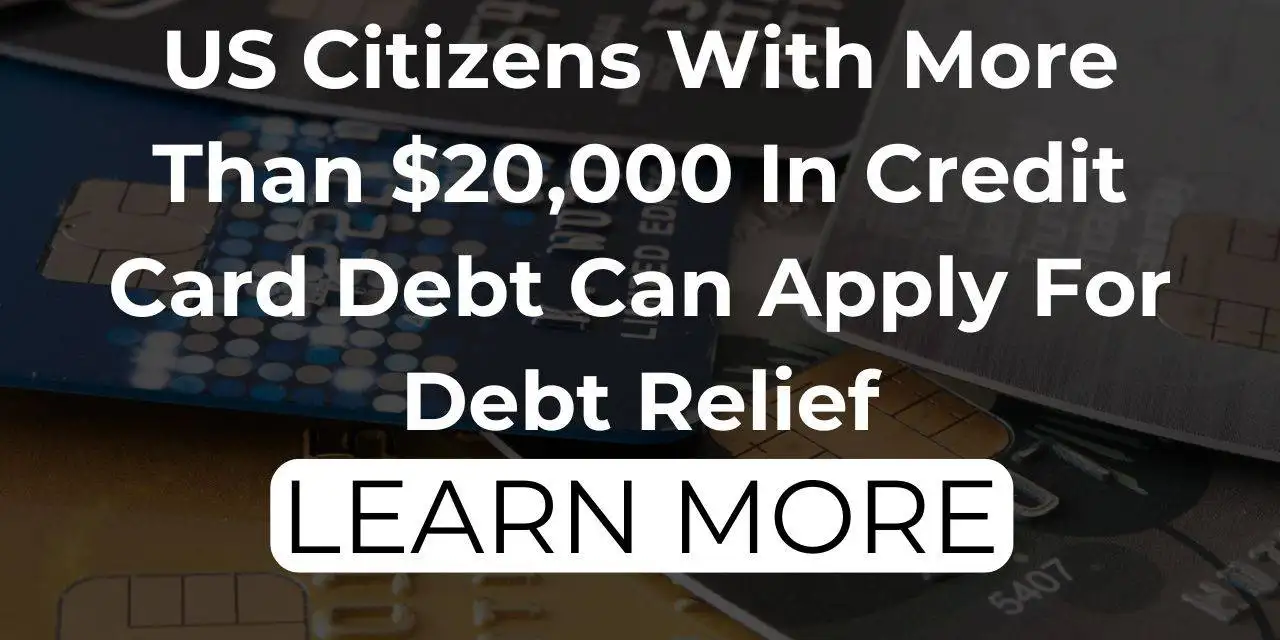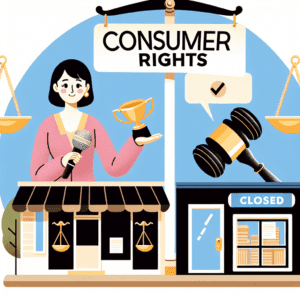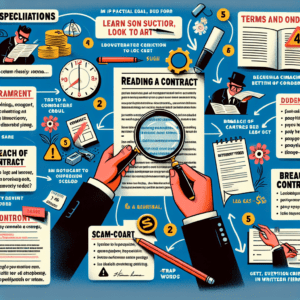“Escape High Payments – Discover the Fast Track to Debt Freedom!”
Strategies to Lower Your Monthly Payments and Eliminate Debt Faster
Managing debt can be overwhelming, especially when high monthly payments consume a significant portion of your income. However, by implementing strategic financial decisions, you can reduce your monthly obligations and accelerate your journey toward a debt-free life. Understanding the various methods available to lower payments and eliminate debt faster is essential for achieving long-term financial stability.
One effective approach is to negotiate lower interest rates with your creditors. Many lenders are willing to adjust interest rates for borrowers with a strong payment history or improved credit scores. By securing a lower rate, a larger portion of your payment goes toward the principal balance rather than interest, allowing you to pay off the debt more quickly. Contacting your creditors directly and inquiring about available options can lead to significant savings over time.
Another strategy to consider is debt consolidation, which involves combining multiple debts into a single loan with a lower interest rate. This simplifies repayment by reducing the number of monthly payments and can potentially lower the overall amount paid in interest. Balance transfer credit cards and personal loans are common consolidation tools that can help streamline debt repayment. However, it is important to carefully review the terms and fees associated with these options to ensure they align with your financial goals.
For those struggling with high monthly payments, extending the loan term may provide temporary relief. While this approach reduces the amount due each month, it is important to recognize that a longer repayment period may result in higher overall interest costs. Therefore, this strategy should be used cautiously and in conjunction with efforts to make additional payments whenever possible.
In addition to restructuring debt, adjusting your budget can free up extra funds to accelerate repayment. Identifying non-essential expenses and redirecting those funds toward debt payments can make a significant difference. Small changes, such as dining out less frequently or canceling unused subscriptions, can add up over time and contribute to faster debt elimination.
Another powerful method is the debt snowball or debt avalanche approach. The debt snowball method involves paying off the smallest debt first while making minimum payments on others, creating a sense of accomplishment that can motivate continued progress. In contrast, the debt avalanche method prioritizes debts with the highest interest rates, minimizing the total amount paid in interest. Both strategies are effective, and choosing the one that best suits your financial situation and psychological preferences can enhance your commitment to becoming debt-free.
For individuals facing significant financial hardship, seeking professional assistance may be beneficial. Credit counseling agencies can provide guidance on debt management plans, which may include negotiating lower interest rates and consolidating payments into a single monthly installment. While these programs can be helpful, it is essential to work with reputable organizations to avoid potential scams or hidden fees.
Ultimately, reducing monthly payments and eliminating debt faster requires a combination of strategic planning, disciplined budgeting, and consistent effort. By exploring available options and making informed financial decisions, you can take control of your debt and work toward a more secure financial future. The key is to remain proactive, stay committed to your repayment plan, and continuously seek opportunities to improve your financial well-being.
Smart Budgeting Tips to Pay Off Debt and Regain Financial Freedom

Managing debt effectively requires a strategic approach, and smart budgeting plays a crucial role in accelerating the repayment process. By making intentional financial decisions and prioritizing debt reduction, individuals can regain control of their finances and work toward long-term stability. The key to success lies in creating a well-structured budget that accounts for income, expenses, and debt obligations while identifying opportunities to allocate more funds toward repayment.
One of the first steps in smart budgeting is gaining a clear understanding of financial standing. This involves assessing all sources of income and listing every expense, including fixed costs such as rent, utilities, and insurance, as well as variable expenses like groceries, entertainment, and discretionary spending. By categorizing expenses, it becomes easier to identify areas where adjustments can be made to free up additional funds for debt repayment. Tracking spending habits over time can also reveal patterns that may be contributing to financial strain, allowing for more informed decision-making.
Once a comprehensive budget is established, prioritizing debt repayment is essential. A common strategy is the debt snowball method, which involves paying off the smallest debts first while making minimum payments on larger balances. This approach provides a psychological boost as smaller debts are eliminated, creating momentum to tackle larger obligations. Alternatively, the debt avalanche method focuses on paying off debts with the highest interest rates first, minimizing the overall cost of borrowing. Both strategies can be effective, and choosing the right one depends on individual financial goals and preferences.
In addition to prioritizing debt repayment, reducing unnecessary expenses can significantly accelerate the process. Cutting back on non-essential spending, such as dining out, subscription services, or impulse purchases, can free up extra funds that can be redirected toward outstanding balances. Small changes, such as preparing meals at home, using public transportation, or shopping with a list, can add up over time and contribute to faster debt elimination. Furthermore, negotiating lower interest rates with creditors or consolidating high-interest debts into a lower-rate loan can reduce the overall financial burden and make repayment more manageable.
Increasing income is another effective way to expedite debt repayment. Exploring opportunities for additional earnings, such as taking on a part-time job, freelancing, or selling unused items, can provide extra funds to put toward outstanding balances. Additionally, seeking career advancement or negotiating a salary increase can lead to long-term financial benefits that support both debt reduction and future financial goals. While increasing income requires effort and commitment, the potential rewards make it a worthwhile consideration.
Building an emergency fund alongside debt repayment is also important to prevent future financial setbacks. Unexpected expenses, such as medical bills or car repairs, can derail progress if there is no financial cushion in place. Setting aside a small portion of income for emergencies can help avoid relying on credit cards or loans in times of need, ultimately supporting long-term financial stability. Even a modest emergency fund can provide peace of mind and reduce the risk of accumulating new debt.
Ultimately, smart budgeting is a powerful tool for achieving financial freedom. By carefully managing income and expenses, prioritizing debt repayment, reducing unnecessary spending, and exploring opportunities to increase earnings, individuals can take control of their financial future. While the journey to becoming debt-free requires discipline and persistence, the rewards of financial independence and reduced stress make the effort worthwhile.
Debt Consolidation vs. Snowball Method: Which One Works Best for You?
When faced with mounting debt, finding an effective repayment strategy is essential to achieving financial freedom. Two popular methods for tackling debt are debt consolidation and the snowball method, each offering distinct advantages depending on an individual’s financial situation and personal preferences. Understanding how these approaches work and determining which one aligns best with your needs can make a significant difference in how quickly you become debt-free.
Debt consolidation is a strategy that combines multiple debts into a single loan, often with a lower interest rate. This approach simplifies repayment by reducing the number of monthly payments and, in many cases, lowering the overall cost of interest. By consolidating high-interest debts, such as credit card balances or personal loans, into one manageable payment, individuals can streamline their financial obligations and potentially pay off their debt faster. Additionally, debt consolidation can improve credit scores over time, as it reduces the risk of missed payments and helps maintain a more structured repayment plan. However, this method requires discipline, as taking on a new loan without addressing the underlying spending habits that led to debt accumulation can result in further financial difficulties.
On the other hand, the snowball method focuses on paying off debts in order of smallest to largest balance, regardless of interest rates. This approach emphasizes psychological motivation by allowing individuals to experience quick wins as they eliminate smaller debts first. By making minimum payments on all debts while allocating extra funds toward the smallest balance, borrowers can build momentum and stay motivated throughout the repayment process. As each debt is paid off, the amount available to tackle the next balance increases, creating a snowball effect that accelerates debt elimination. While this method may not always be the most cost-effective in terms of interest savings, it can be highly effective for those who need a structured plan that provides a sense of accomplishment along the way.
Choosing between debt consolidation and the snowball method depends on several factors, including financial discipline, interest rates, and personal motivation. Debt consolidation is often a better choice for individuals with high-interest debt who qualify for a lower-rate loan, as it can reduce overall costs and simplify repayment. However, it requires a strong commitment to avoiding new debt and maintaining consistent payments. In contrast, the snowball method is ideal for those who benefit from small victories and need a clear, step-by-step approach to stay engaged in the repayment process. While it may result in paying more interest over time, the psychological boost it provides can be invaluable in maintaining long-term financial discipline.
Ultimately, the best debt repayment strategy is the one that aligns with your financial goals and personal habits. Some individuals may even choose to combine elements of both methods, using debt consolidation to lower interest rates while applying the snowball approach to stay motivated. Regardless of the strategy selected, the key to success lies in maintaining consistency, avoiding unnecessary expenses, and staying committed to becoming debt-free. By carefully evaluating your financial situation and choosing a method that works best for you, you can take control of your debt and move toward a more secure financial future.
















